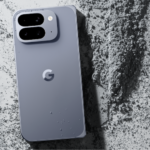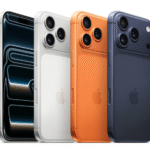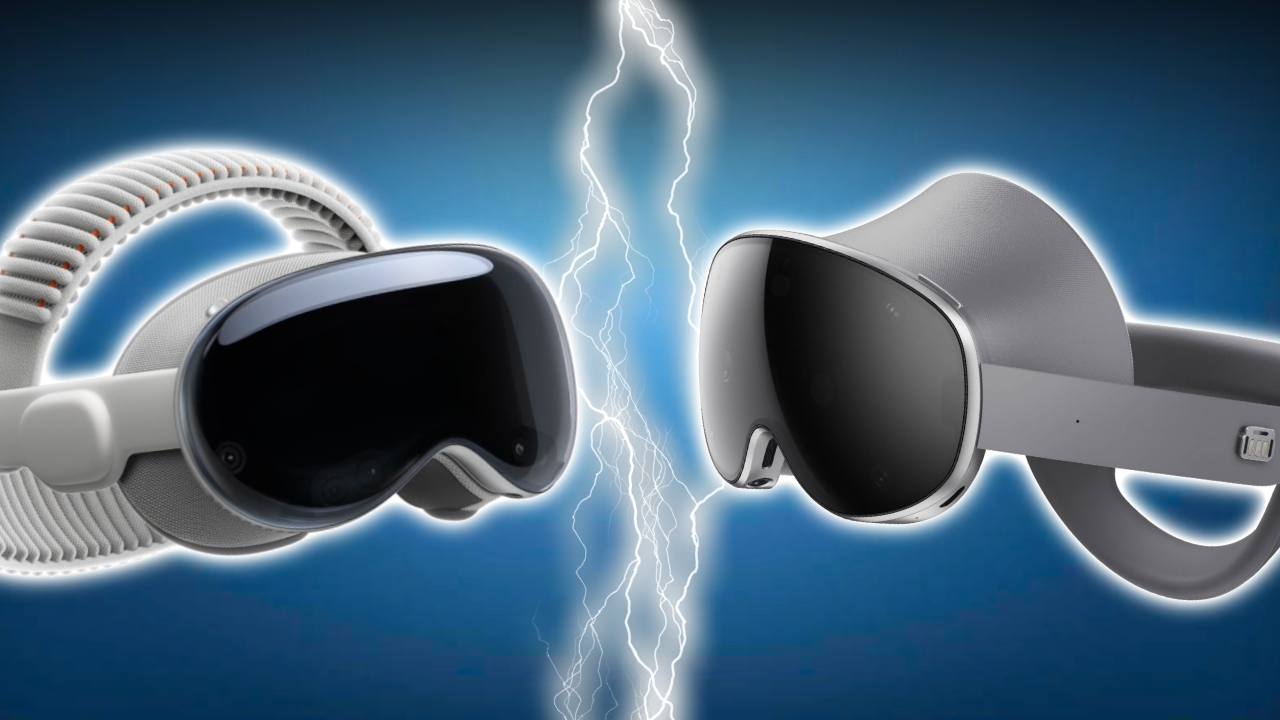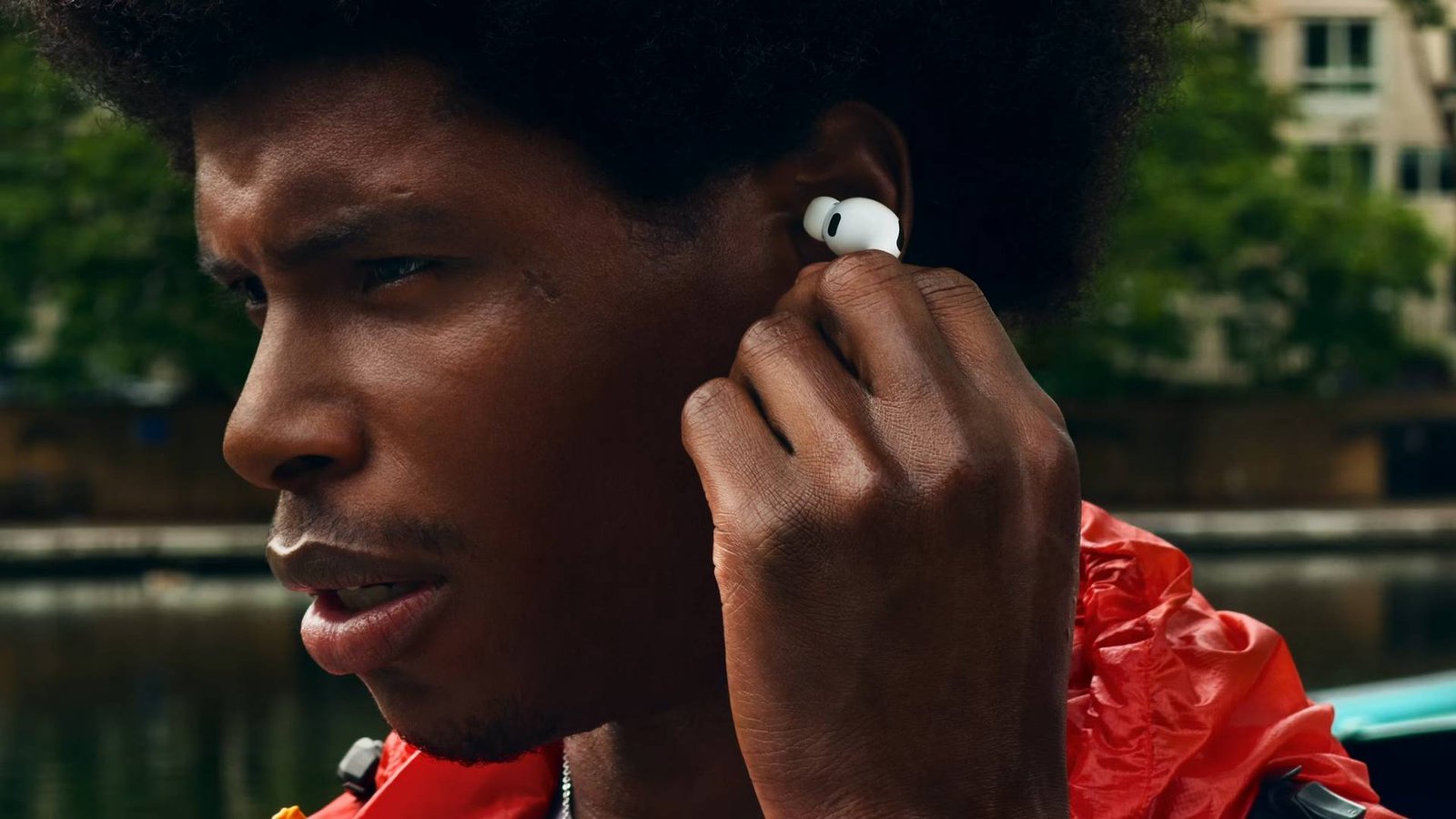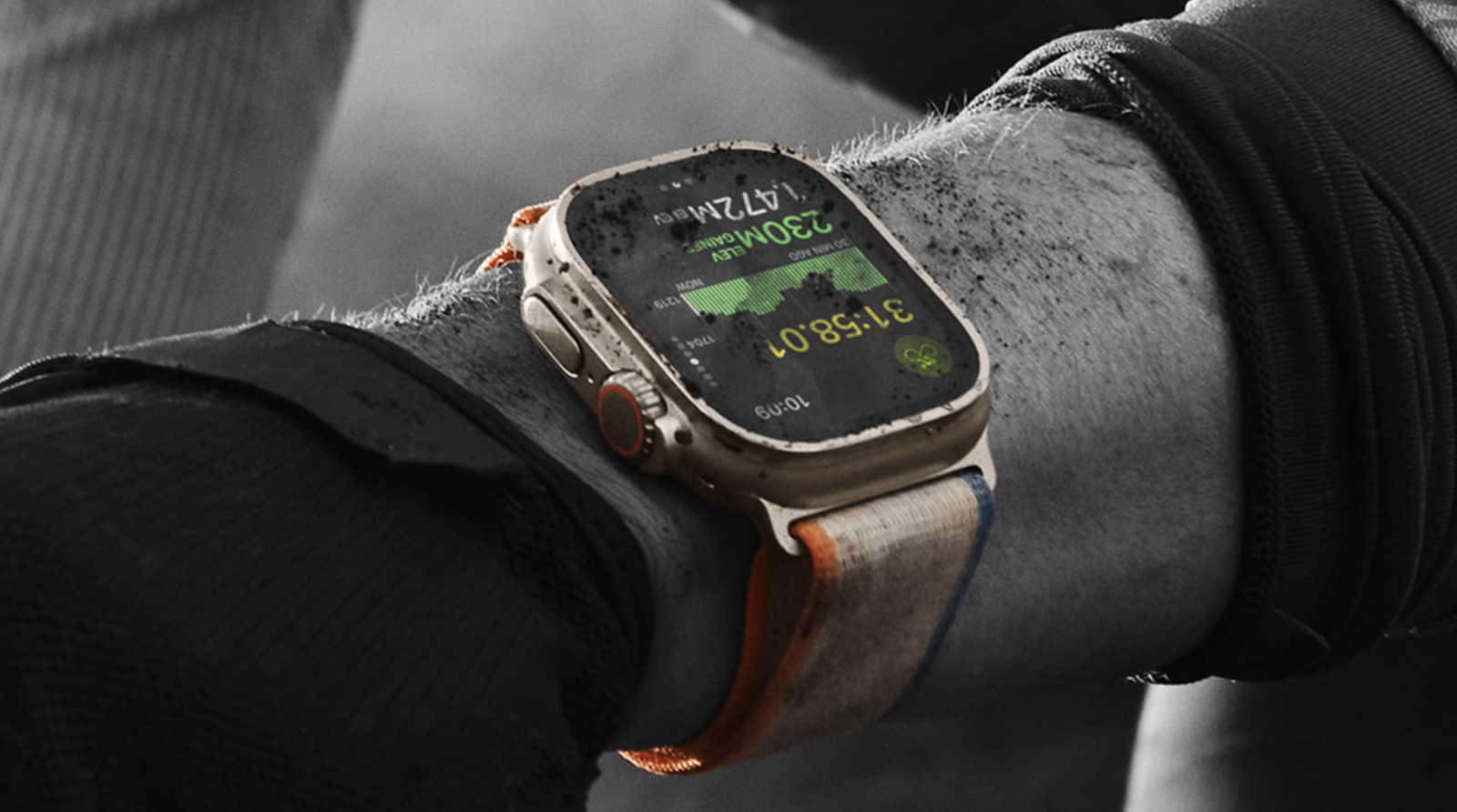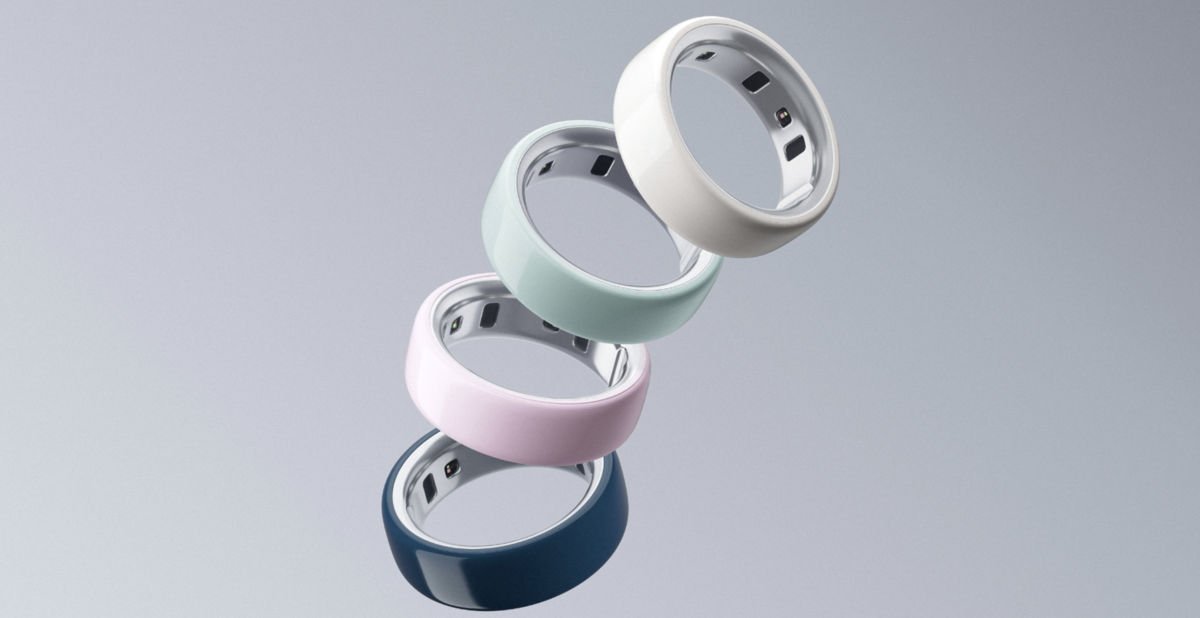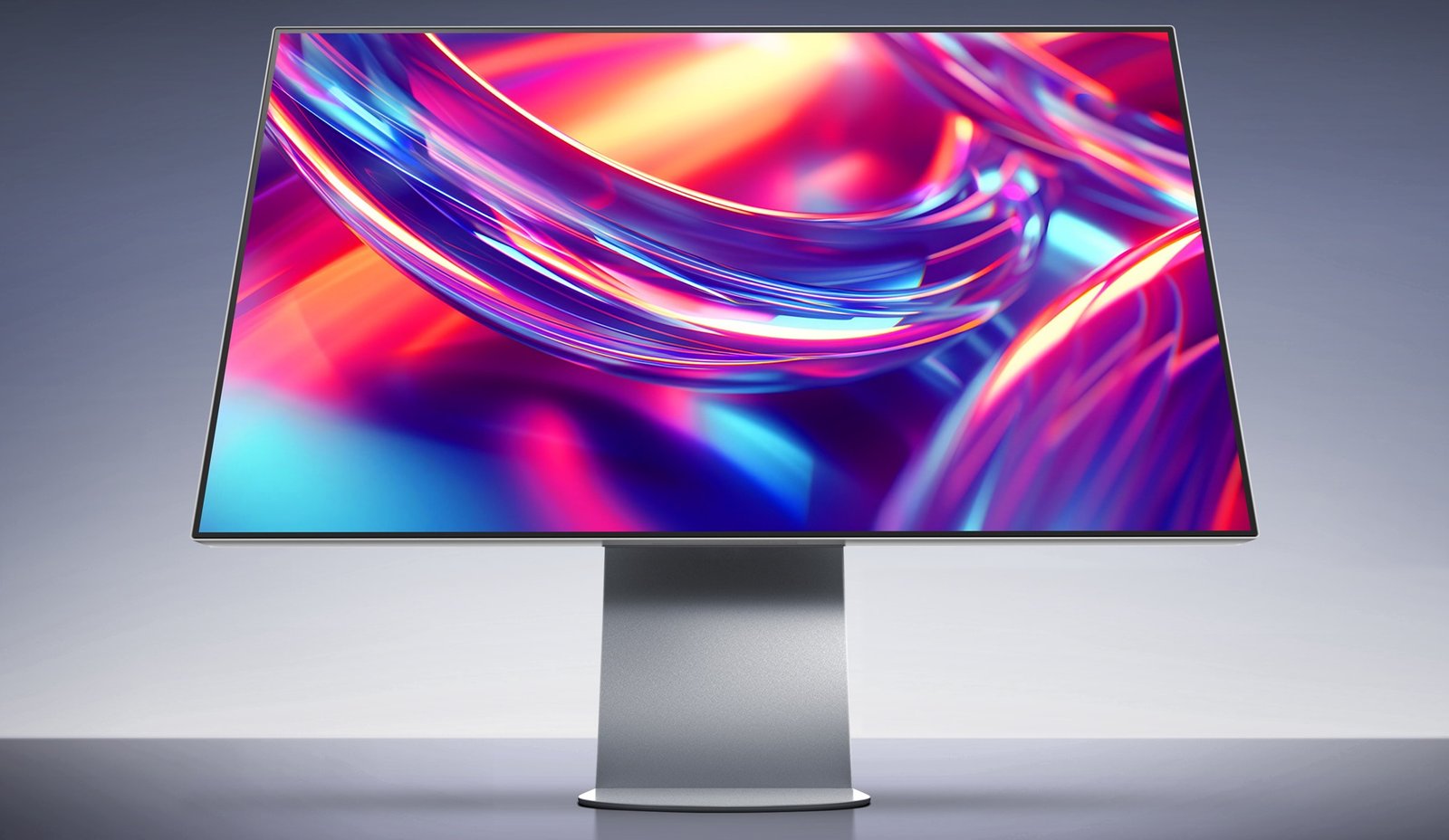In case you’ve somehow missed it, Samsung recently took the wraps off the Galaxy XR, its new headset which runs on Android XR. Developed in collaboration with Google and Qualcomm, the Korean tech giant is promising a more immersive user experience with the Galaxy XR, which is designed to bring Android to more users in a more unique and imaginative way.
That being said though, the Galaxy XR isn’t the only premium headset on the market right now—not too long ago, Apple also unveiled its M5-powered Vision Pro, its second-generation mixed-reality headset. With that in mind, if you’re someone who’s looking to invest in a modern high-end headset (with ridiculous amounts of cash to burn as well), then you might be curious as to what the differences are between the two devices.
With that in mind, Samsung’s new toy does have some advantages to it, which we think make it a more worthwhile investment overall. As such, we’ve listed down some factors which you might want to take note of when choosing between the two—scroll down to find out!
Pricing Differences
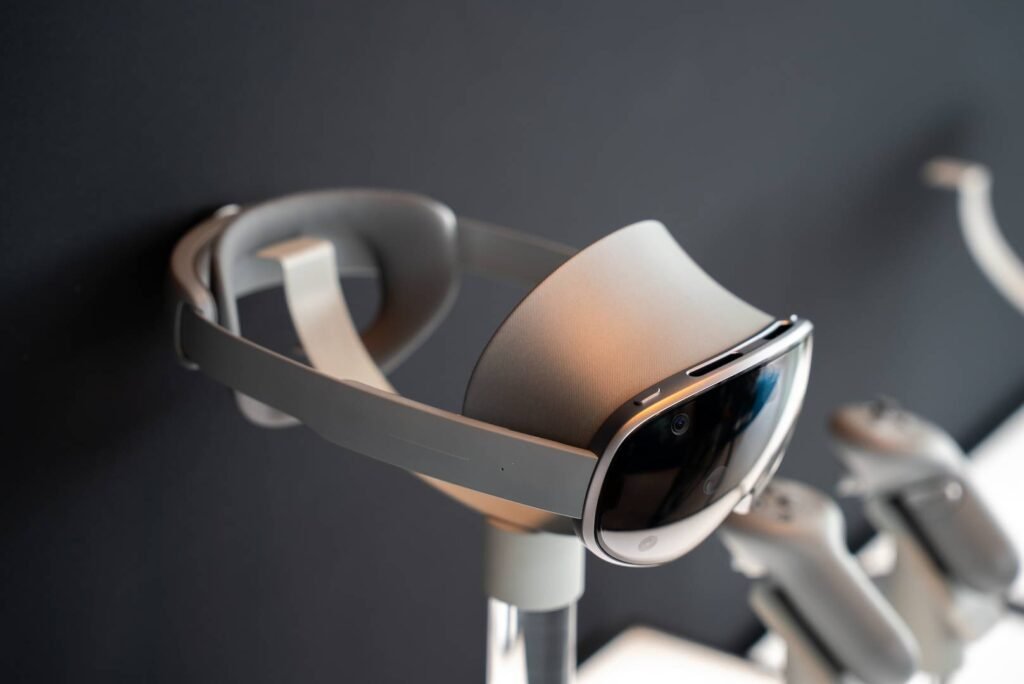
One of the biggest differentiating factors between the Galaxy XR and Vision Pro M5 is the price. At around $1,799, the Galaxy XR is undoubtedly more affordable than the Vision Pro M5, which comes at a more hefty $3,499, nearly twice than what Samsung is charging for its new model. This makes the latter’s headset more accessible to a broader audience, especially for users who are still wary about investing a considerable amount of cash into an MR device.
Design and Comfort
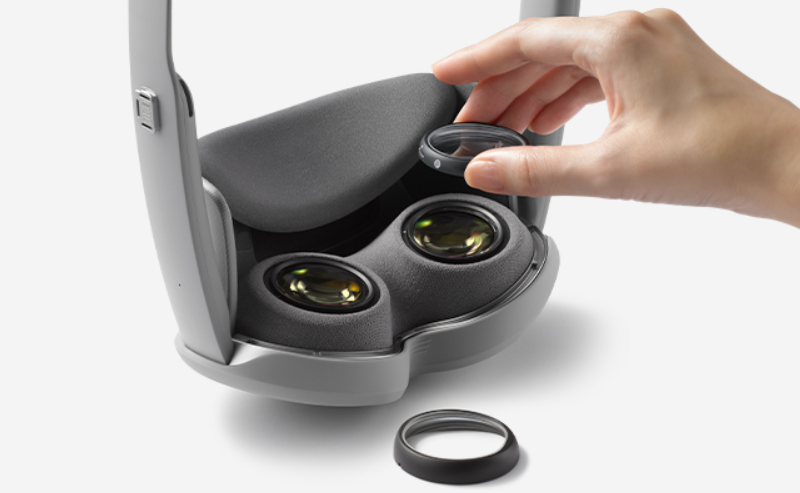
If you do decide to pull the trigger on the Galaxy XR, you’ll find that it’s a bit more comfortable to wear for long-term usage. Samsung’s new headset weighs approximately 545 grams, making it considerably lighter than the Vision Pro M5 which is reported to weigh between 750 and 800 grams. In the light of the original Vision Pro’s launch, there were already some complaints about a bit of discomfort for some users, particularly when it came to the device’s overall weight.
Better AI Capabilities
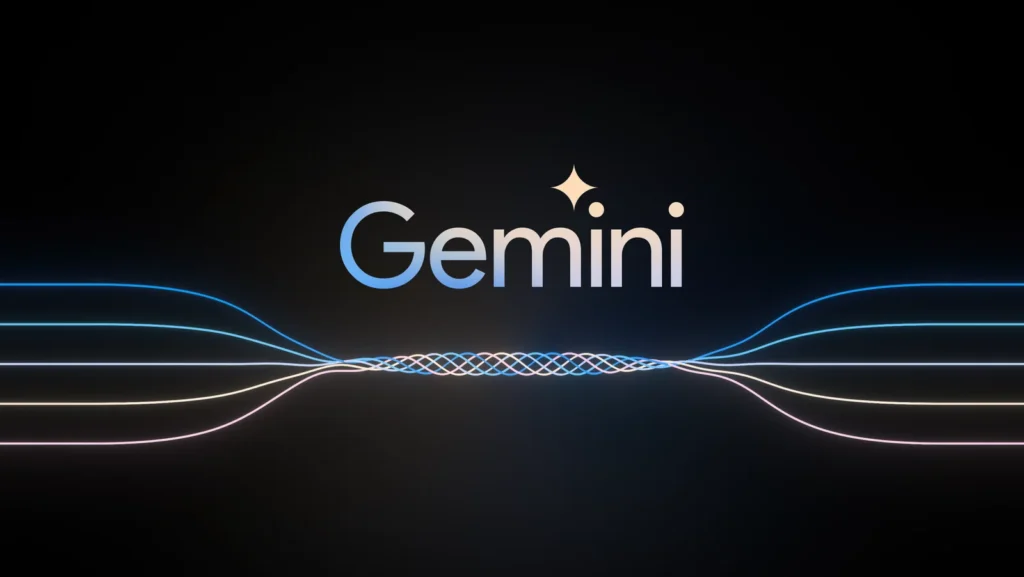
As it does run on Android XR, the Galaxy XR features deep, system-level integration with Google’s Gemini AI assistant, which so far has proved to be a more capable tool compared to Apple Intelligence. This also allows the Galaxy XR to understand “multimodal” and context-aware interactions, where Gemini can see what the user sees through the headset’s cameras and respond accordingly. You can even use Google’s “Circle to Search” feature on real-world objects, which offers a more immediate and “smarter” companion experience.
App Ecosystem
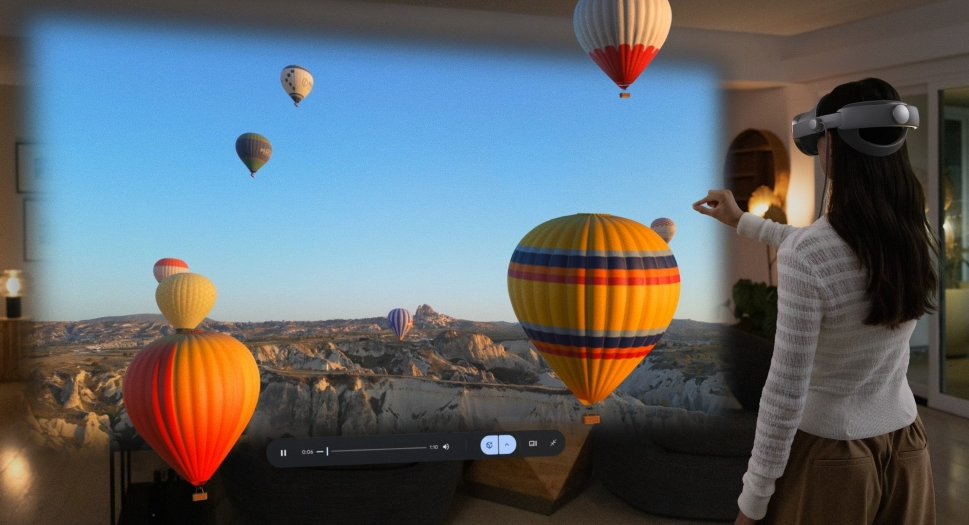
Going back to its Android-powered origins, the Galaxy XR comes with a broader app ecosystem and support for tons of native Android apps, allowing it to run standard mobile and tablet apps in addition to software that’s optimized for Android XR; by comparison, the Vision Pro still lacks access to dedicated Netflix and YouTube apps, for example.
Display Quality
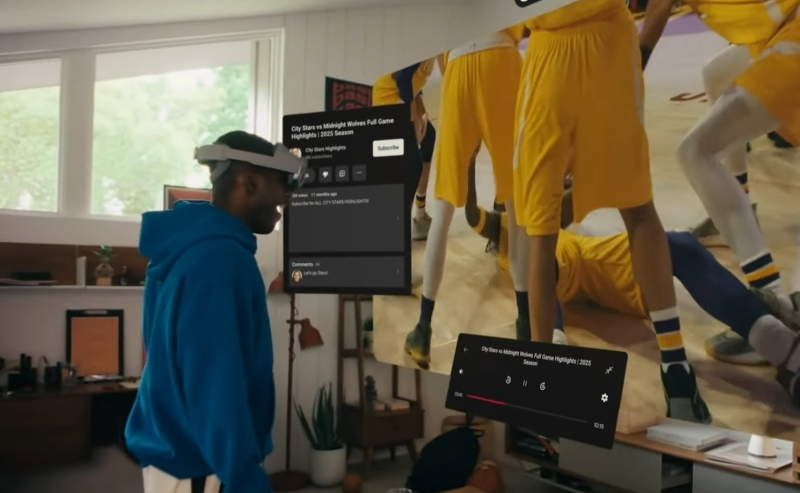
In terms of display quality, the Galaxy XR comes with a higher display resolution and a wider field of view – the headset’s micro-OLED displays offer a combined total of over 29 million pixels with a resolution of 3552×3840 per eye. This is sharper by 6 million pixels compared to the Vision Pro, which maxes out at around 23 million pixels. It also supports a wider field of view at 109×100 degrees, versus the Vision Pro’s 100×73-degree range.
The Bottomline
At the end of the day though, the ultimate deciding factor between these two devices will always be what you need from a mixed-reality device. The Vision Pro M5 undoubtedly shines in some areas such as its powerful chipset, larger storage capacity options, as well as slightly-longer battery endurance. On the other hand, the Galaxy XR’s more capable AI features, more affordable pricing, and more comfy design are some major highlights, which we reckon are enough to win over certain users.








